SUMMARY
This is AI generated summarization, which may have errors. For context, always refer to the full article.
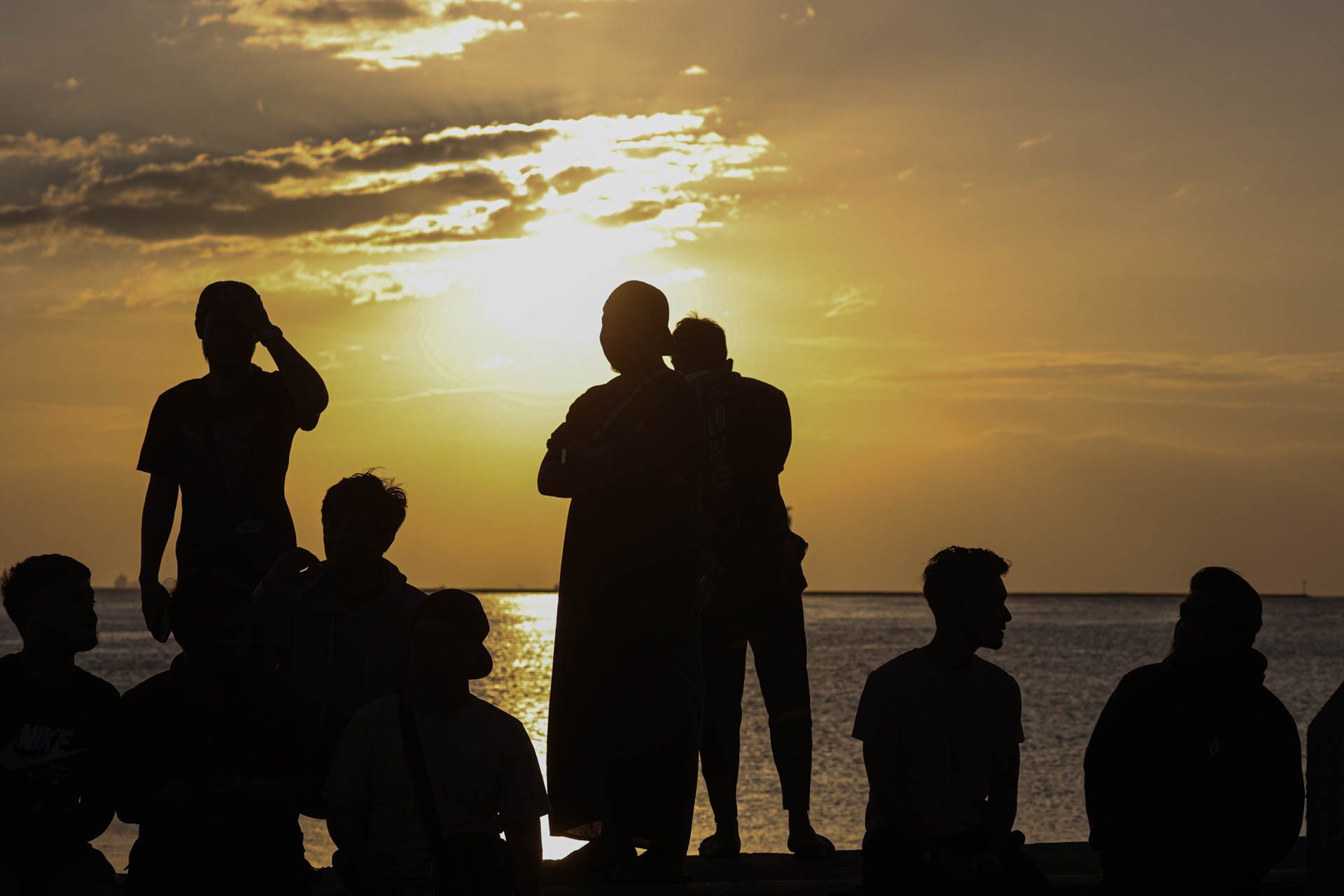
On this humid Sunday afternoon, a handful of men alighted from a vehicle parked in front of a popular Filipino restaurant along Roxas Boulevard in Manila.
Our contact, an official of the National Commission on Muslim Filipinos (NCMF), sent us a text message, “Tapat kami Aristocrat (We are in front of Aristocrat),” as he gave us the make and plate number of their vehicle so that we could easily find them.
The men, as we walked to their vehicle, were unloading a tripod and a tool that was to be the star of the evening: a telescope – Astromaster 130EQ of Celestron, which, according to its website, “provides bright, clear images of the Moon, planets, star clusters, and more for great nighttime viewing.”
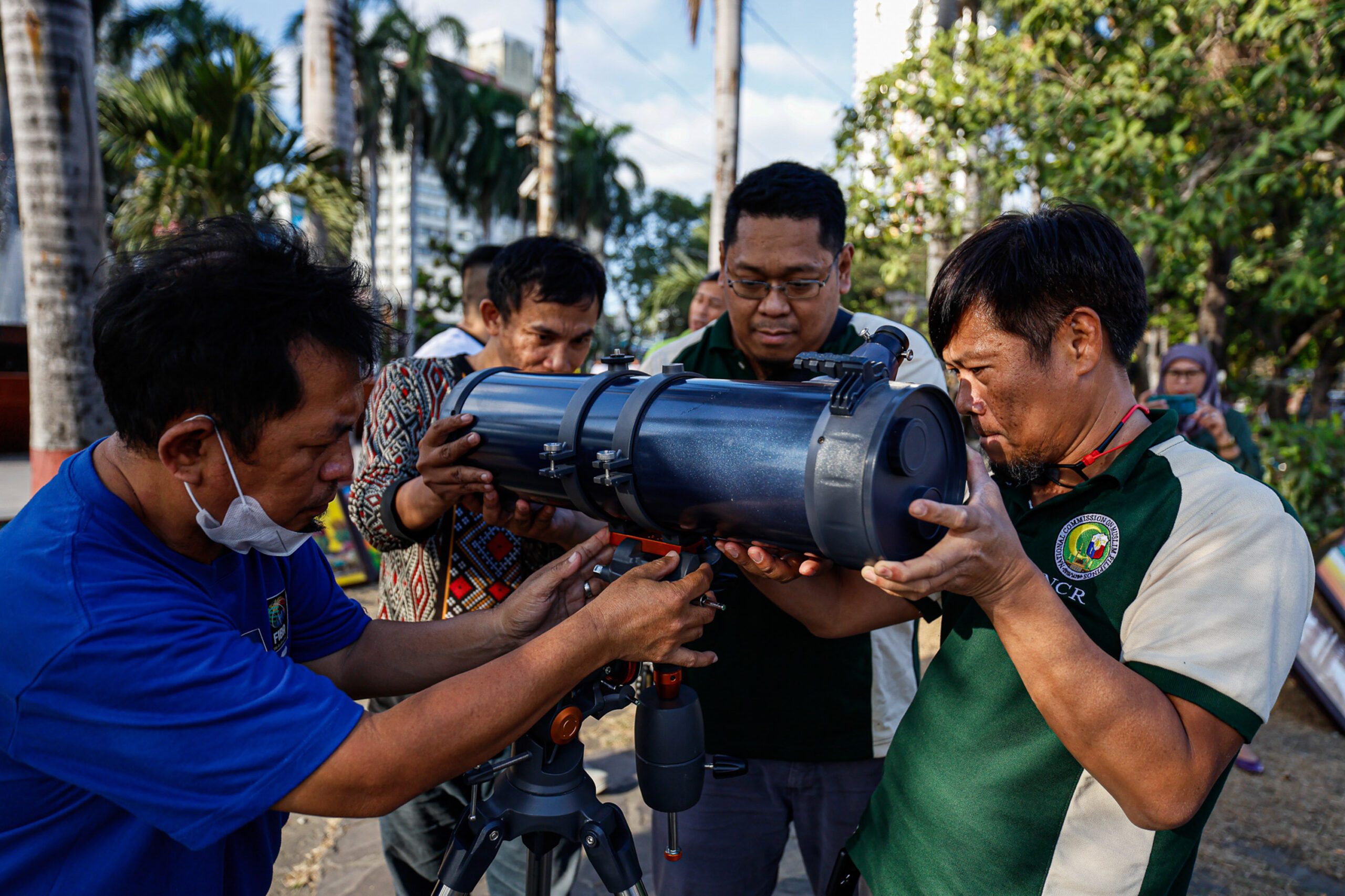
It was around 4:30 pm, and the “show” was scheduled an hour and a half later. We were about to watch sunset at 6:05 pm – and to check if the new moon could already be sighted.
It was a moonsighting activity mounted by the NCMF in the National Capital Region (NCR) on Sunday, March 10, to determine the start of the Islamic fasting month of Ramadan.
From our meeting place at Rajah Sulayman Park, we crossed Roxas Boulevard so that we could station ourselves at the iconic Manila Baywalk, the perfect spot to view the postcard-worthy Manila Bay sunset.
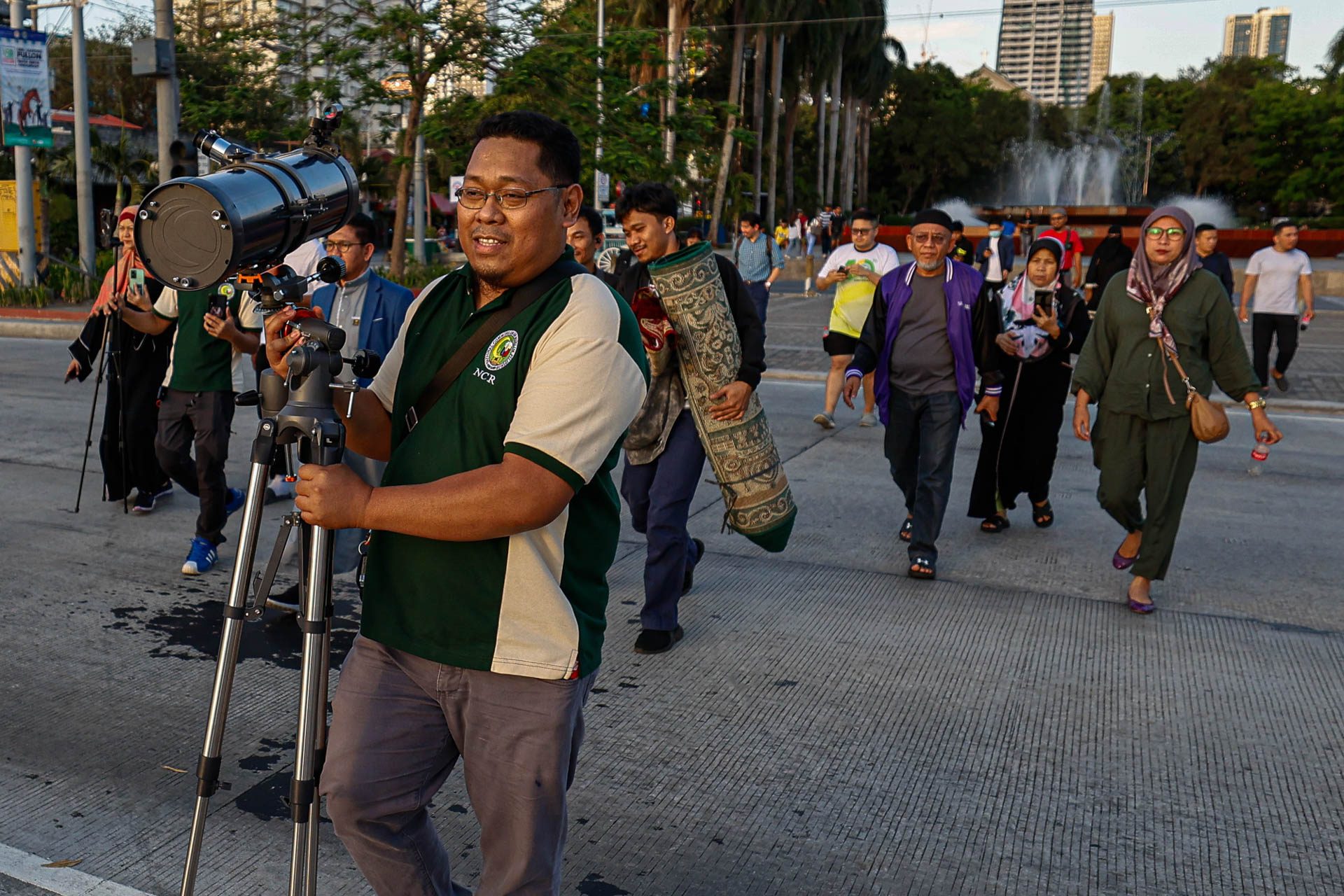
We joined around two dozen Muslims, including NCMF staff, many of whom – in true Filipino fashion – took photos of themselves peering into the telescope. At one point, sandwiches were distributed to participants. The mood was a mix of curiosity and excitement, although subdued.
Would they see the moon that evening?
If they spot the moon, then the fasting month of Ramadan would begin the next day, Monday, March 11. If not, then Ramadan would start on Tuesday, March 12.
Moonsighting is the process by which Muslims determine the date not only of the start of Ramadan, but also their two great feasts: Eid’l Fitr, which is the end of Ramadan, and Eid’l Adha, the Feast of Sacrifice. If you ever wondered why there are no fixed dates (and no fixed holidays) for these observances, the lunar calendar of Islam provides an explanation.
But why the moon?
What are the roots of moonsighting? How is it conducted? Why is it relevant in the Muslim faith?

The lunar way
Islam uses a lunar calendar, which is based on phases of the moon, unlike the commonly used solar calendar, which is based on the Earth’s position relative to the Sun.
The Islamic calendar is made up of 12 months, each of which is 29 or 30 days long. Because the number of days in a month vary, the length of the year varies as well – either 354 or 355 days, shorter than the 365 days in the solar calendar.
The name of this Islamic dating system is the Hijri calendar. It begins in the year 622 AD, when the Prophet Muhammad escaped persecution in Mecca, Saudi Arabia, to the city of Medina, which is around 338 kilometers away.
In contrast, the dating system now generally used around the world is called the Gregorian calendar, named after Pope Gregory XIII, who instituted this calendar in 1582 AD. The Gregorian calendar was an improvement of the Julian calendar, which was proposed by, and named after, Julius Caesar in 46 BC.
Each year in the Gregorian calendar is commonly denoted as “AD” or anno Domini (year of Our Lord), since the counting of years begins with the birth of Christ. (BC means “Before Christ,” referring to the period before the Gregorian calendar started counting years.)
Each year in the Hijri calendar is called “AH” or anno Hegirae in Latin, or “the year of the Hijrah,” since it begins with the Hijrah of the Prophet Muhammad.
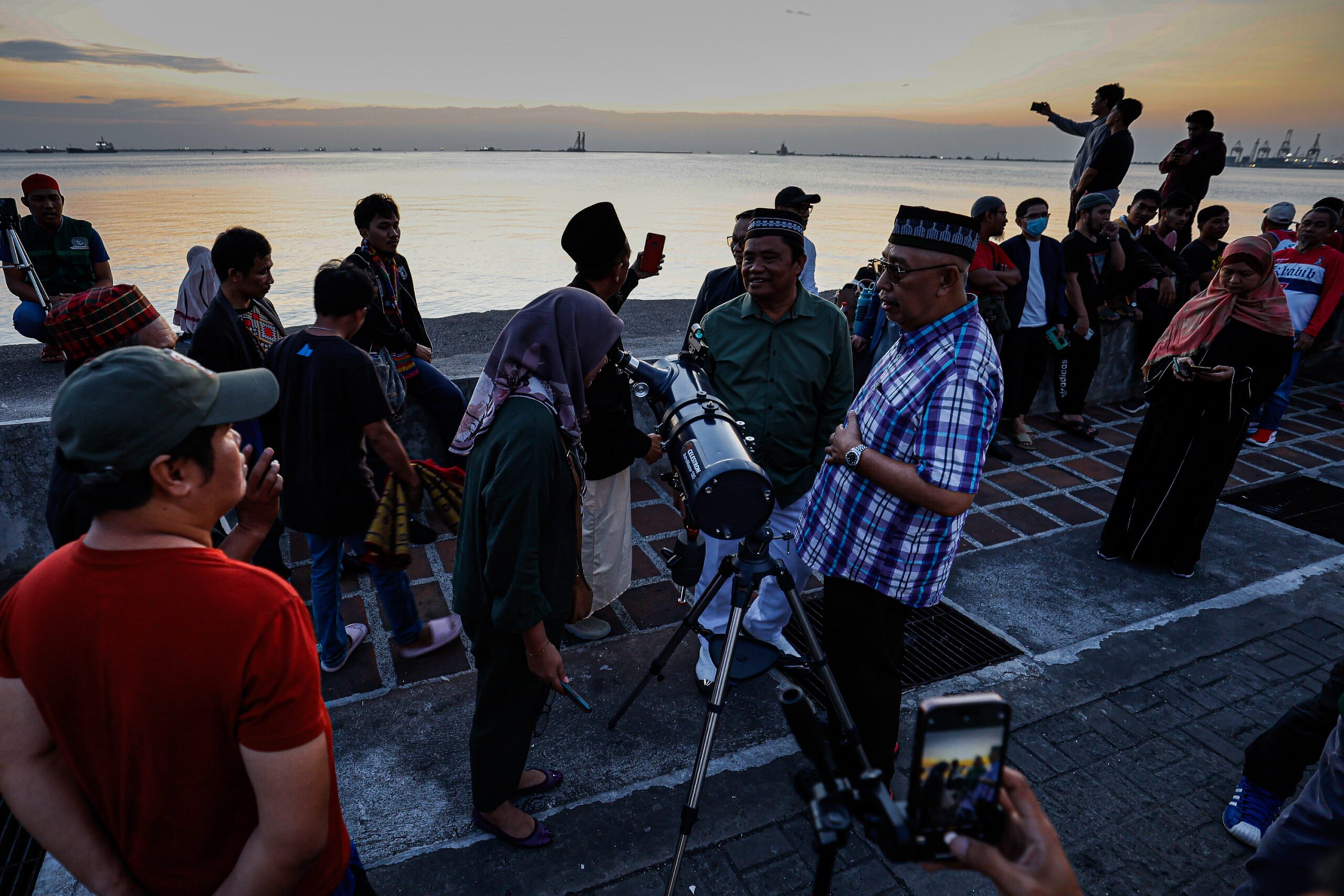
The 12 months of the Hijri calendar are as follows: Muharram, Safar, Rabi al-Awwal, Rabi al-Thani, Jumada al-Awwal, Jumada al-Thani, Rajab, Sha’ban, Ramadan, Shawwal, Dhul al-Qadah, and Dhul Hijjah.
Each of these names has a meaning.
The first month of the Islamic calendar, Muharram, means “forbidden” – a time when all forms of fighting are prohibited.
The second month, Safar, means “empty” – “because pre-Islamic Arabs used to leave their homes in search of food during this month,” according to the Islamic advocacy website Amaliah. Other sources say that this name “derived from pre-Islamic Arabs conducting raids during this time on houses, leaving them ’empty.’”
Ramadan, according to Amaliah, comes ”from the root word ‘ramad,’ which means ‘burning’ in reference to the scorching heat that characterized this month.”
The context, of course, was the climate in the Middle East where Islam was born.
‘Practical calendar’
In a video by the Al-Rasoul Islamic Society in Canada, Islamic scholar Sayed Mohammed Baqer Al-Qazwini explained the roots of the Islamic lunar calendar.
“One reason why Islam went by the lunar calendar is that, at that time, this was the most practical calendar for the people. Why? Because if you want to go by the solar calendar, you have to have a calendar, you need to know how to read and write, you need to keep track of the days,” said Al-Qazwini.
Many people then, however, “were illiterate” and were “Bedouins living in the desert” who “did not know how to keep track” of dates on pen and paper.
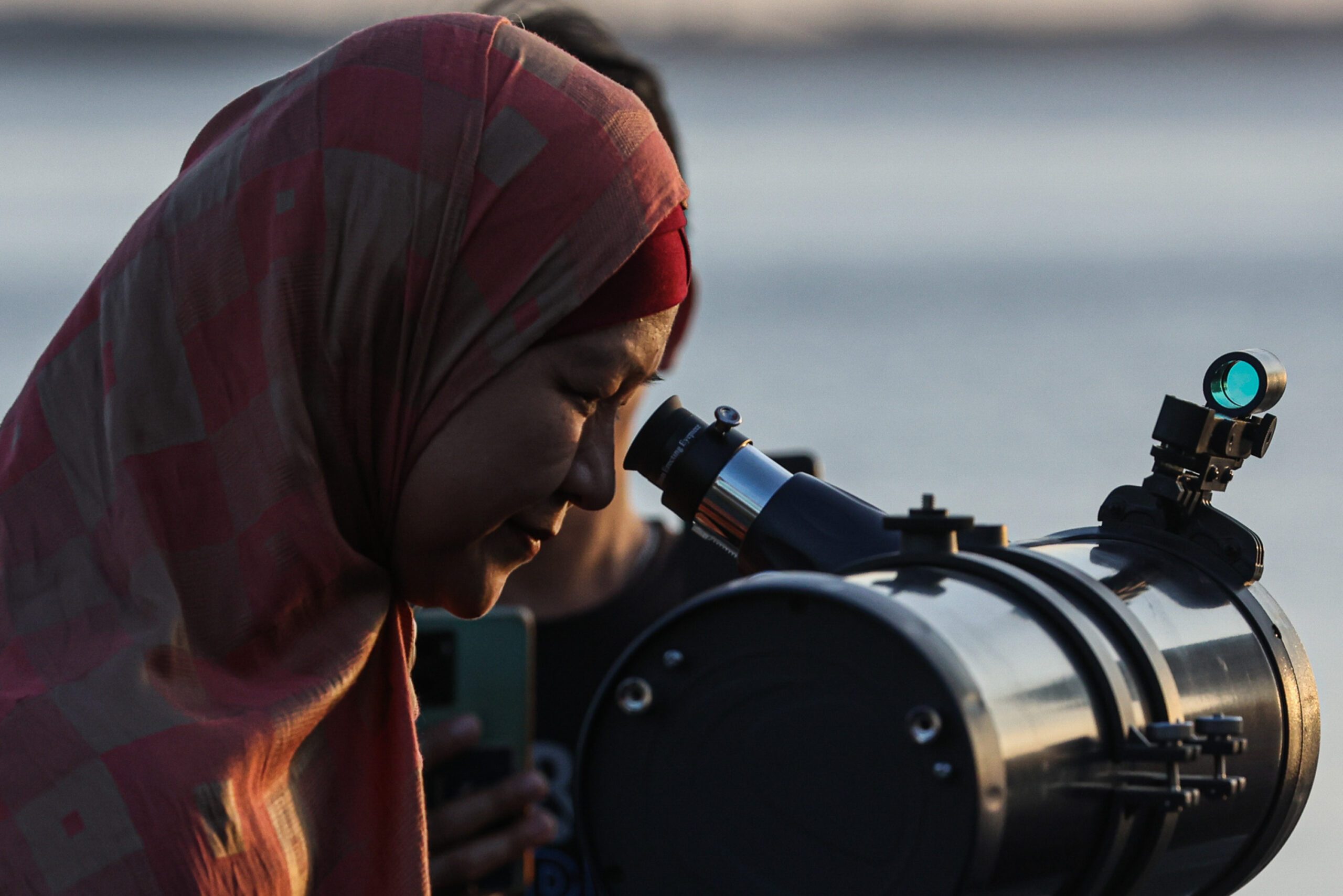
“The other calendar, which is the lunar one, is more practical for most people. Because all you need to do, at the beginning of the month, is see what? See the crescent. Even if you’re not educated, even if you do not know how to read and write, you can get out there in the desert and just see the moon,” the Islamic scholar said.
“So the people who lived at that time, they just look at the moon, they know which night it is,” he said.
The second reason, according to Al-Qazwini, is that the lunar calendar “gives you diversity.” This is because the Islamic observances fall on different parts of the Gregorian calendar each year, given that the Hijri calendar follows its own timeline.
The month of Ramadan, for example, sometimes falls in the summer or in the winter, said Al-Qazwini. “That’s beautiful. That way, you get to fast in all seasons, and you can taste these events and you can experience fasting in all seasons.”
While Ramadan this year began on March 12, in fact, it was not always around this time of the year. Ten years ago, in 2014, it began on June 28. Twenty years ago, in 2004, it began on October 15.
Viewing the moon ahead of Ramadan, said Islamic scholar, is also being faithful to the teachings of the Prophet Muhammad.
Alzad Sattar, an Islamic Studies professor from the University of the Philippines Diliman, said this was stated in the hadith or sayings of the Prophet Muhammad. “The Prophet said, ‘Before you fast in the month of Ramadan, you first have to see the moon,’” Sattar said in a mix of English and Filipino while waiting for the moonsighting activity last Sunday.

Sattar explained that if the new moon is sighted on the 29th day of the month of Sha’ban, then the month of Ramadan can begin the next day. If not, then Muslims need to complete the 30th day of the month of Sha’ban, which means beginning Ramadan two days later.
Sometimes ‘moonfighting’
But who gets to declare that the moon was sighted? And, of all the Muslim authorities who conduct their moonsighting activities, whom should ordinary Muslims believe?
This is where it gets complicated.
Esmael Abdul, cultural affairs chief of the NCMF in Metro Manila, said any adult who is trusted and credible in the community can conduct moonsighting activities.
Even just one such person who sees the moon is enough, he said. Not even a telescope is required. “Even in the case of the Prophet Muhammad, there were no telescopes during their time,” he explained.
In the Philippines, there are two main authorities when it comes to moonsighting and other Muslim affairs.
The NCMF, created on February 18, 2010, is tasked to advise the Philippine president on Muslim affairs, and to “act as the primary government agency through which Muslim Filipinos could seek government assistance and redress.” The NCMF is led by a secretary appointed by the president.
The other authority when it comes to Muslim affairs is the Bangsamoro Darul-Ifta, the Islamic advisory council of the Bangsamoro Autonomous Region in Muslim Mindanao (BARMM). The Bangsamoro Darul-Ifta is led by a mufti, an Islamic legal expert.
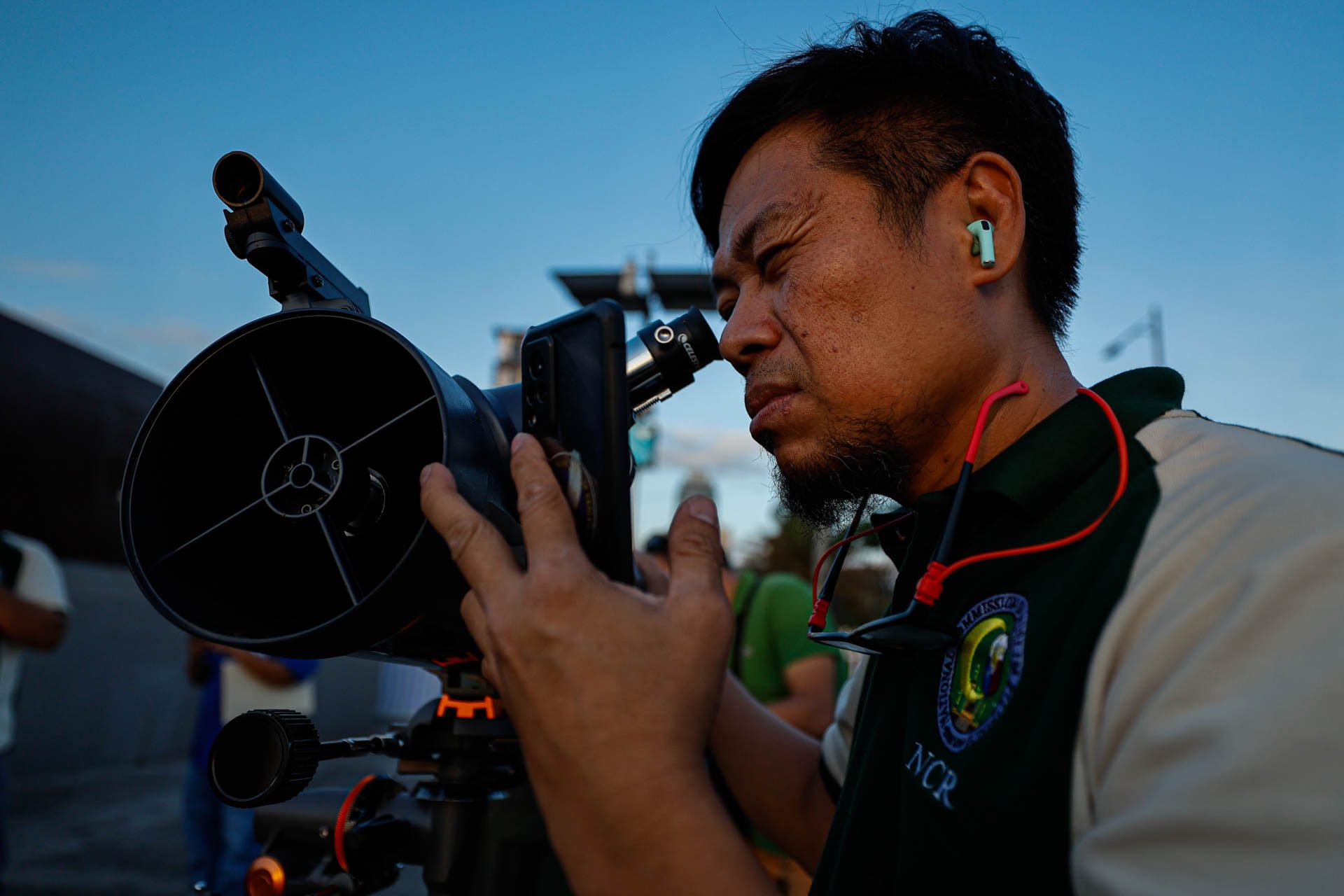
There have been times when the NCMF and BARMM had different findings in their moonsighting activities.
While this can already be confusing, there are also Filipino Muslims who choose to look outside the Philippines – in particular, Saudi Arabia – for their sighting of the new moon. “Their view is that this is because Islam began in Saudi Arabia,” said Sattar.
This is why in Facebook comment sections, it is common to see a few Muslims arguing over which authority to believe when it comes to moonsighting. In one instance, the moon was seen in Saudi Arabia and not in the Philippines, and a believer was insistent that the Saudi declaration carried more weight. An irked Muslim replied on Facebook, “Then go live there.”
“The issue before, as they said, was that instead of moonsighting, it became ‘moonfighting.’ Because there are different views and different approaches,” said Sattar. “So to solve such kind of problem, there should be coordination.”
Abdul of NCMF-NCR said there have been efforts to streamline the results of moonsighting activities across the Philippines.
“This year, I really made a way by which the two offices (NCMF and the Bangsamoro Darul-Ifta) can coodinate. Muslims shouldn’t have to choose between the two. All of them have Islamic scholars, so these two offices should really reach an agreement and act as one,” Abdul said.
Within the NCMF alone, officials have been cautious in releasing their new moon findings.
The NCMF is composed of 11 regional offices, and NCMF-NCR is only one of these.
The moonsighting activity at the Manila Baywalk last Sunday was an activity only by NCMF-NCR, and the telescope used was actually personal equipment owned by Abdul because their regional office did not have its own. According to the Celestron website, the telescope is now priced at $349.95 or roughly P19,380.
Two days before the moonsighting activity in Manila, Abdul cautioned our team against reporting the NCMF-NCR findings as the findings of the whole NCMF. We had to wait until the reports from all regional offices were consolidated, he said. Only the NCMF national office can release the conclusive findings.
Tradition and technology
During Sunday’s moonsighting activity, the coordination was immediate – and high-tech.
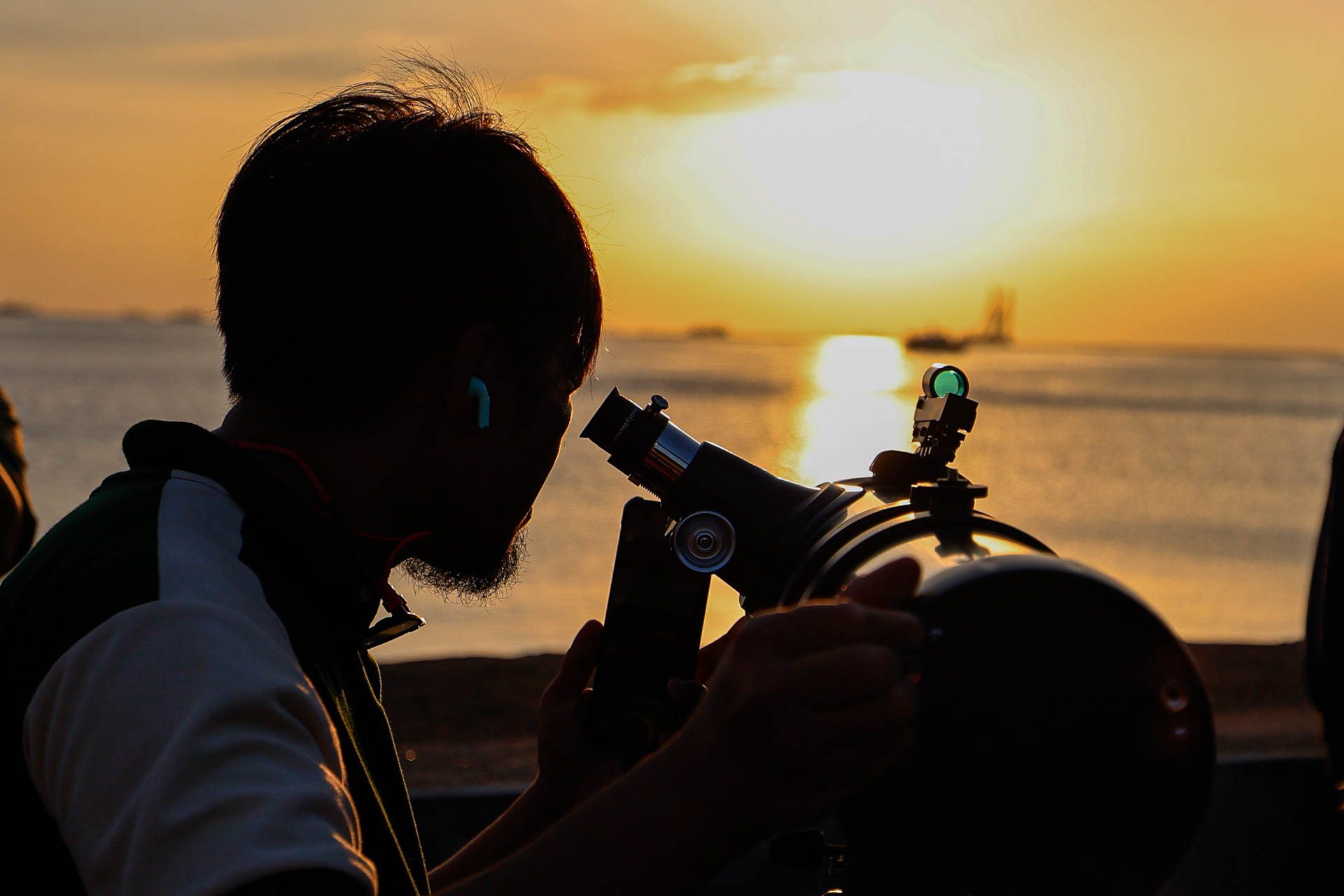
Shortly after sunset at 6:05 pm, we saw Abdul and his assistant chief Al-Jomer Ali looking at their smartphones, dimly illuminating their faces as the dark of night crept in.
Only three male journalists from the Rappler team, a female journalist for Indonesian TV, and a male photojournalist from a broadsheet were covering the activity for news purposes. There were no other big cameras from mainstream TV news outlets, indicating little interest, even as many Filipino Muslims held on to their seats: Will Ramadan begin on Monday or Tuesday?
“What is that?” we asked Ali, as we turned the sharper light of our camera in their direction.
Abdul and Ali were apparently on Zoom, where other regional offices gave updates on their own moonsighting activities.
“Soccsksargen, not sighted. Northern Luzon, northern Mindanao, no sighting. What else?” said Ali, as he waited for updates from other regions.
“Before Zoom and Facebook were invented, how was coordination done for moonsighting?” we asked them. Abdul answered, “Phone calls.”
That night, it was a centuries-old tradition merging with modern technology. “It is faster, it is more accurate, it is something for which Muslim communities can better prepare,” Ali said in Filipino.
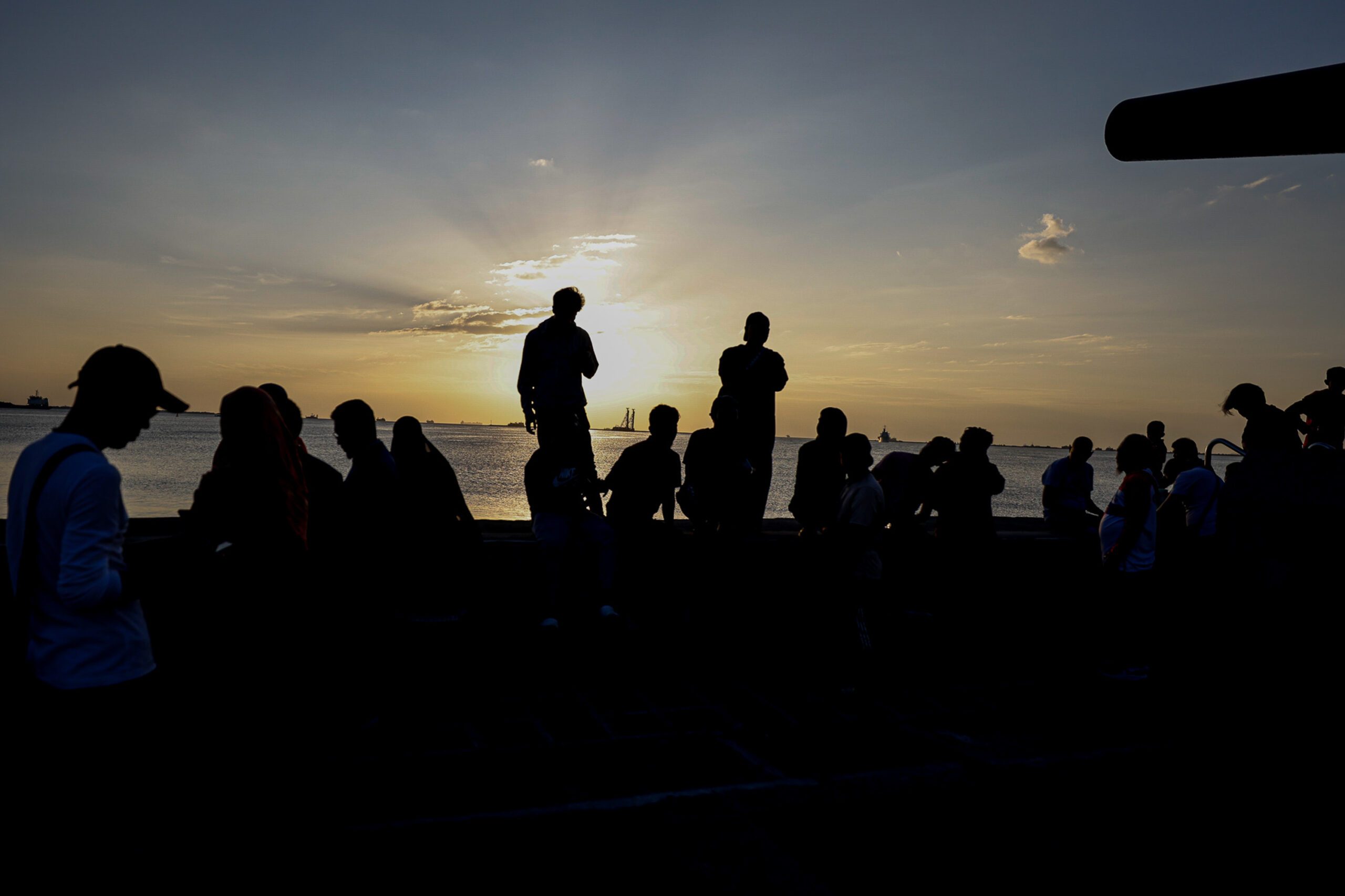
Roughly two hours later, at around 8 pm, the NCMF released its announcement: the agency “has determined that no moon was observed tonight by all the NCMF regional and field offices and their moonsighting groups.”
Ramadan, then, would begin on Tuesday instead of Monday.
When asked how he felt that the moon was not sighted, Abdul said the feeling was normal. “It is really like that,” he said. “I have not seen the first moon on the 29th day of Sha’ban.”
Beyond determining another month in the Islamic lunar calendar, however, Sattar said moonsighting holds religious significance for Muslims like him.
“We see this as a good deed,” Sattar said – proof that “we are truly following the sunna of the Prophet Muhammad.”
The end of the moonsighting activity was proof of this.
A few minutes after sunset, Muslims walked to another part of the Manila Baywalk, rolled their prayer mats, faced in the direction of Mecca in Saudi Arabia, and knelt with their heads touching the ground in front of Manila Bay.
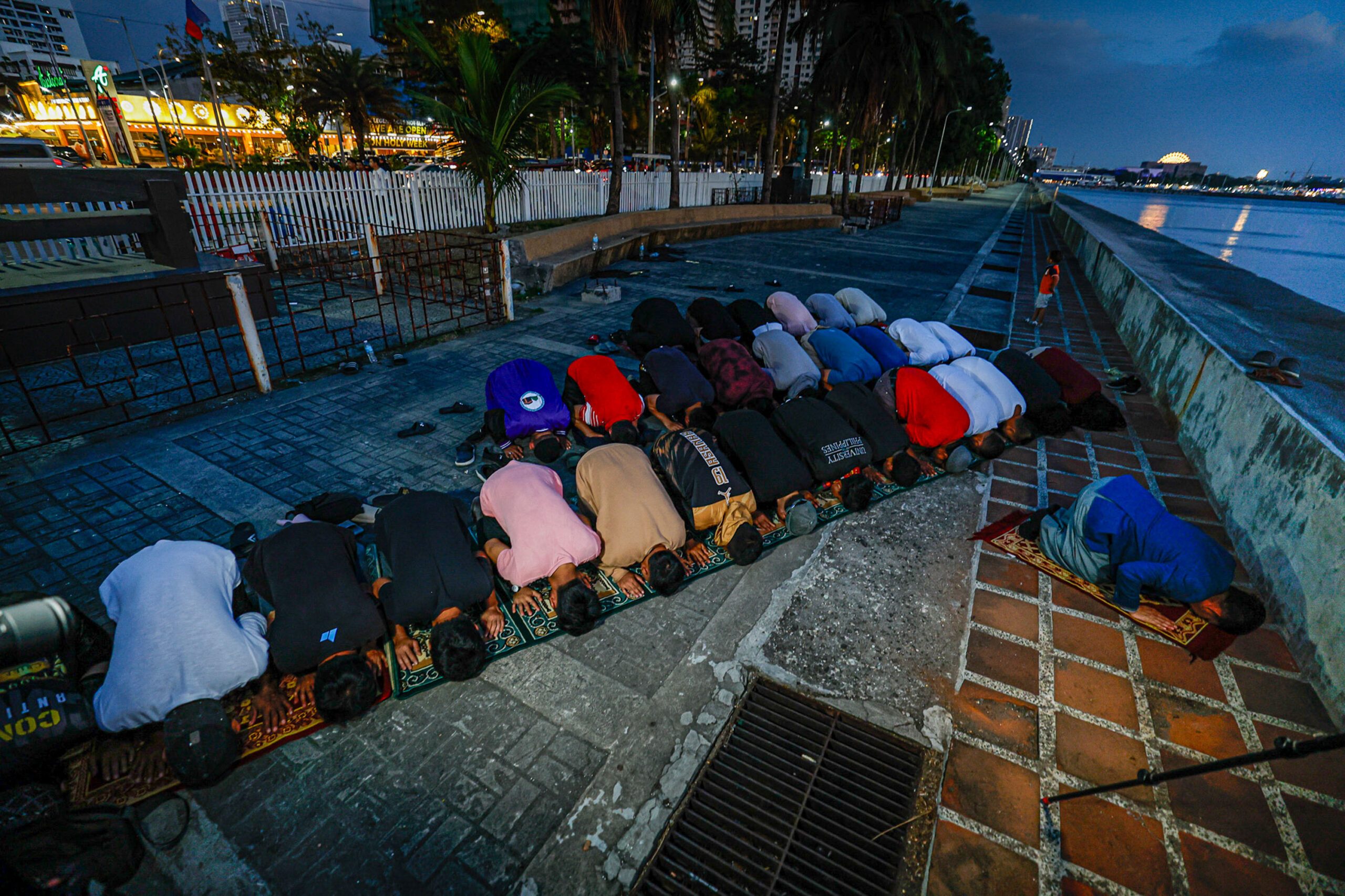
While the moon was not sighted that evening, their faith as shown through obedience was still on full display.
And their chanting, borne of a faith that spans many centuries, mixed with the sea breeze. – Rappler.com
Add a comment
How does this make you feel?
![[The Wide Shot] Peace be with China](https://www.rappler.com/tachyon/2024/07/wideshot-wps-catholic-church.jpg?resize=257%2C257&crop=311px%2C0px%2C720px%2C720px)
![[OPINION] A critique of the CBCP pastoral statement on divorce](https://www.rappler.com/tachyon/2024/07/TL-cbcp-divorce-statement-july-19-2024.jpg?resize=257%2C257&crop=285px%2C0px%2C722px%2C720px)
![[REFLECTION] Mary, Mother of the West Philippine Sea](https://www.rappler.com/tachyon/2024/07/may-mother-west-ph-sea-july-19-2024.jpg?resize=257%2C257&crop=293px%2C0px%2C751px%2C750px)
![[OPINION] Ignorance and prejudice](https://www.rappler.com/tachyon/2024/07/tl-ignorance-and-prejujdice.jpg?resize=257%2C257&crop_strategy=attention)




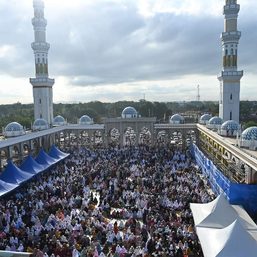
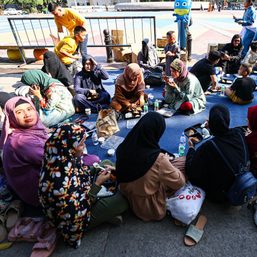
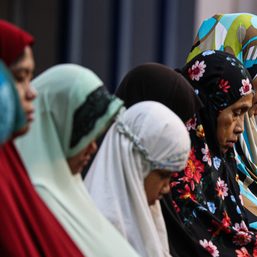
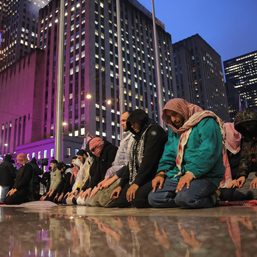
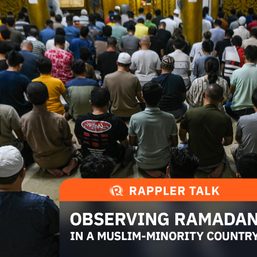
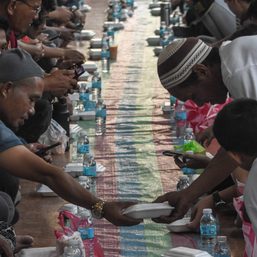
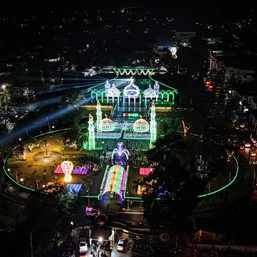
There are no comments yet. Add your comment to start the conversation.